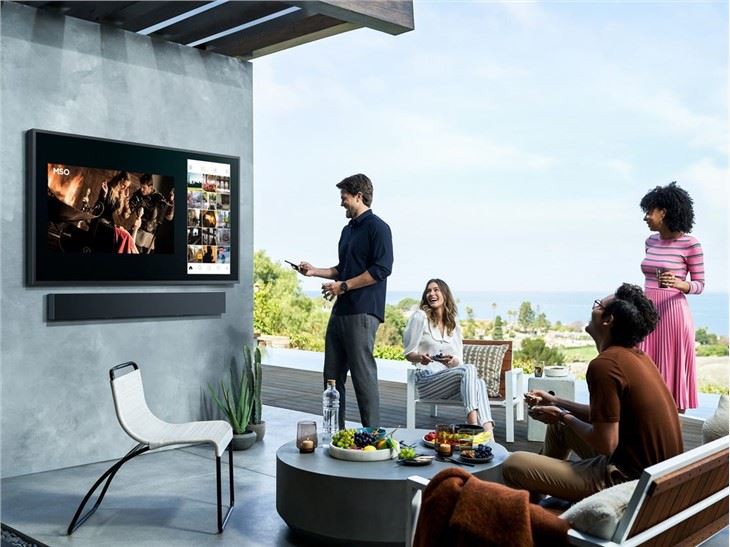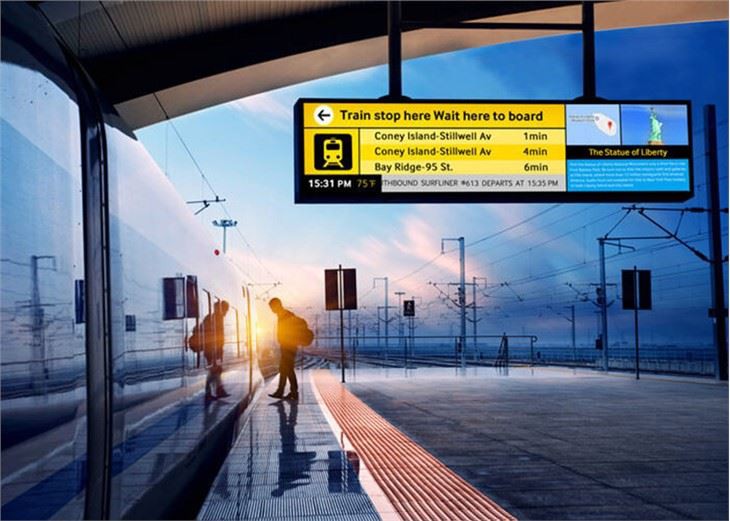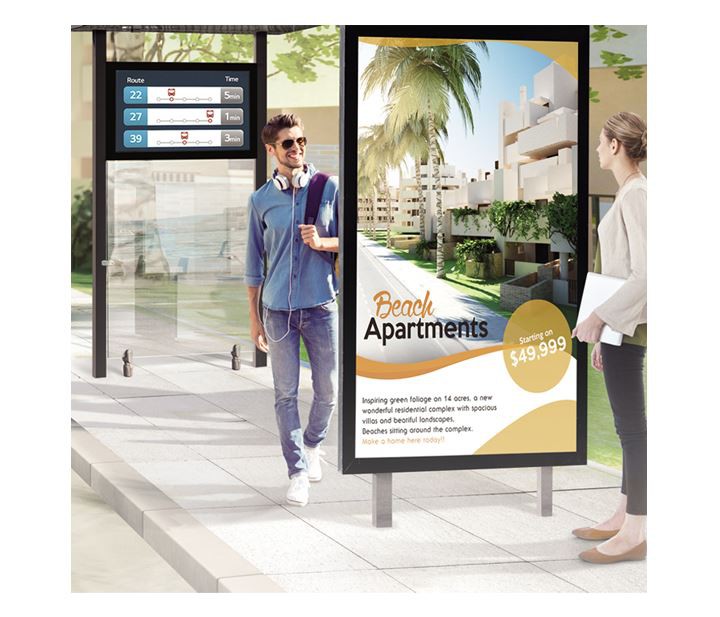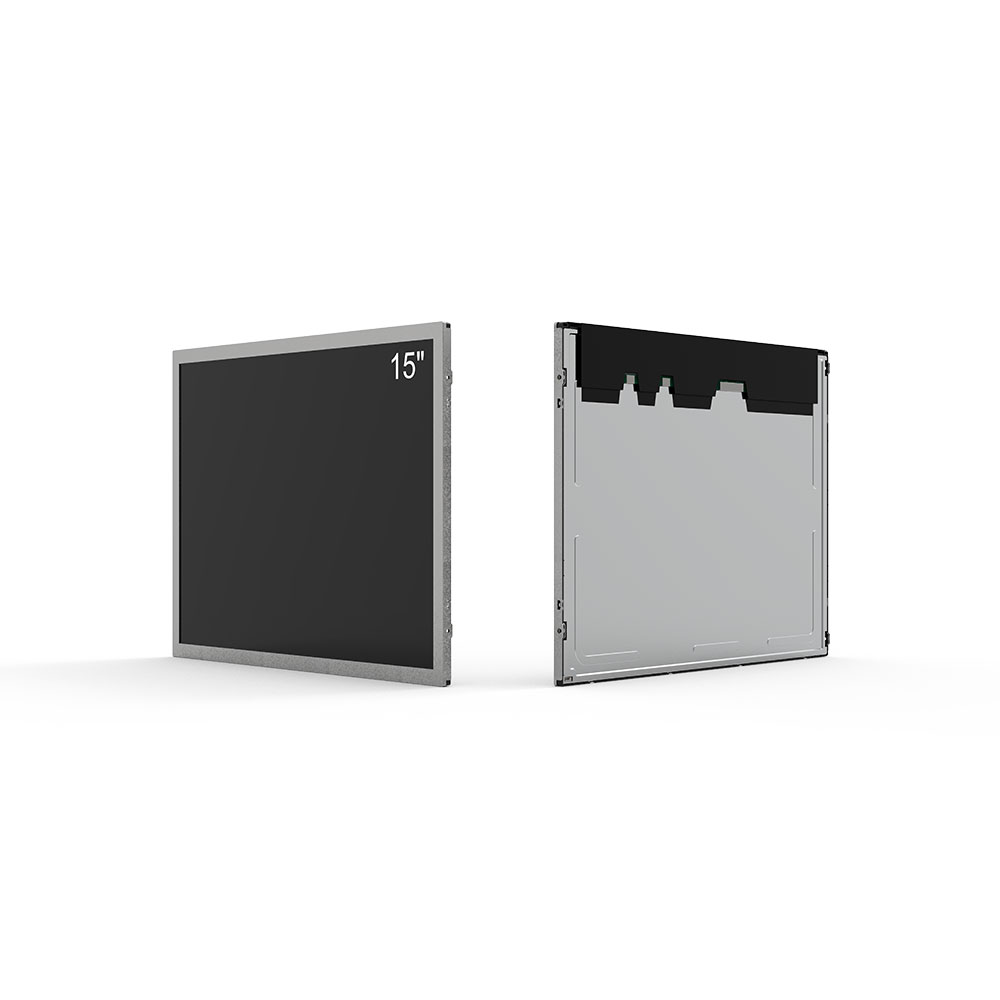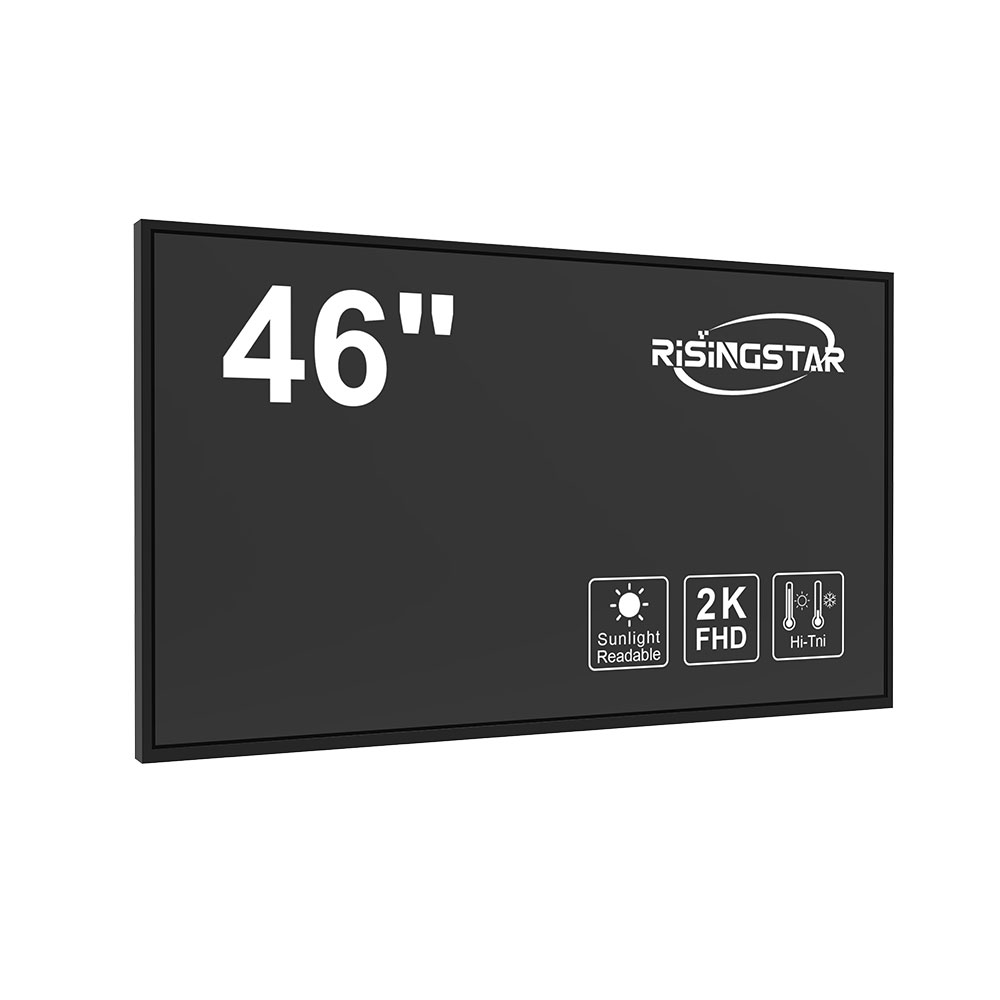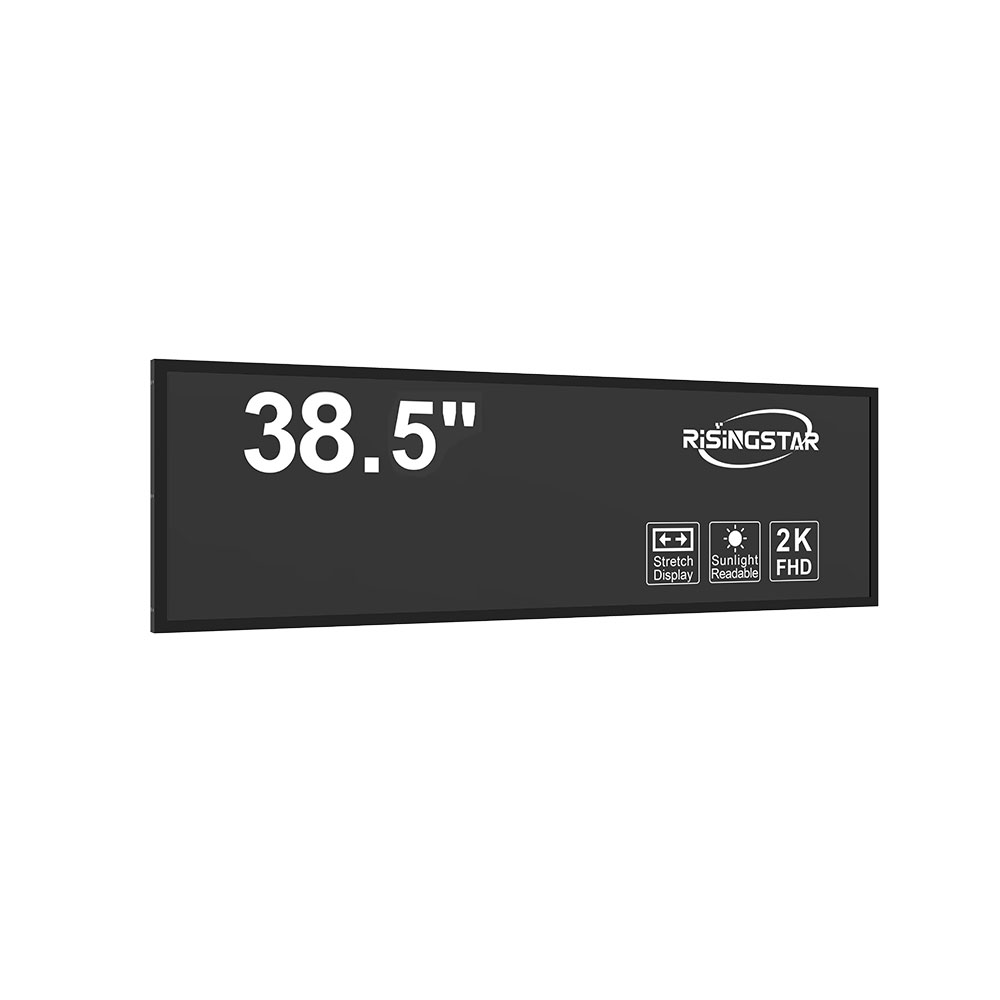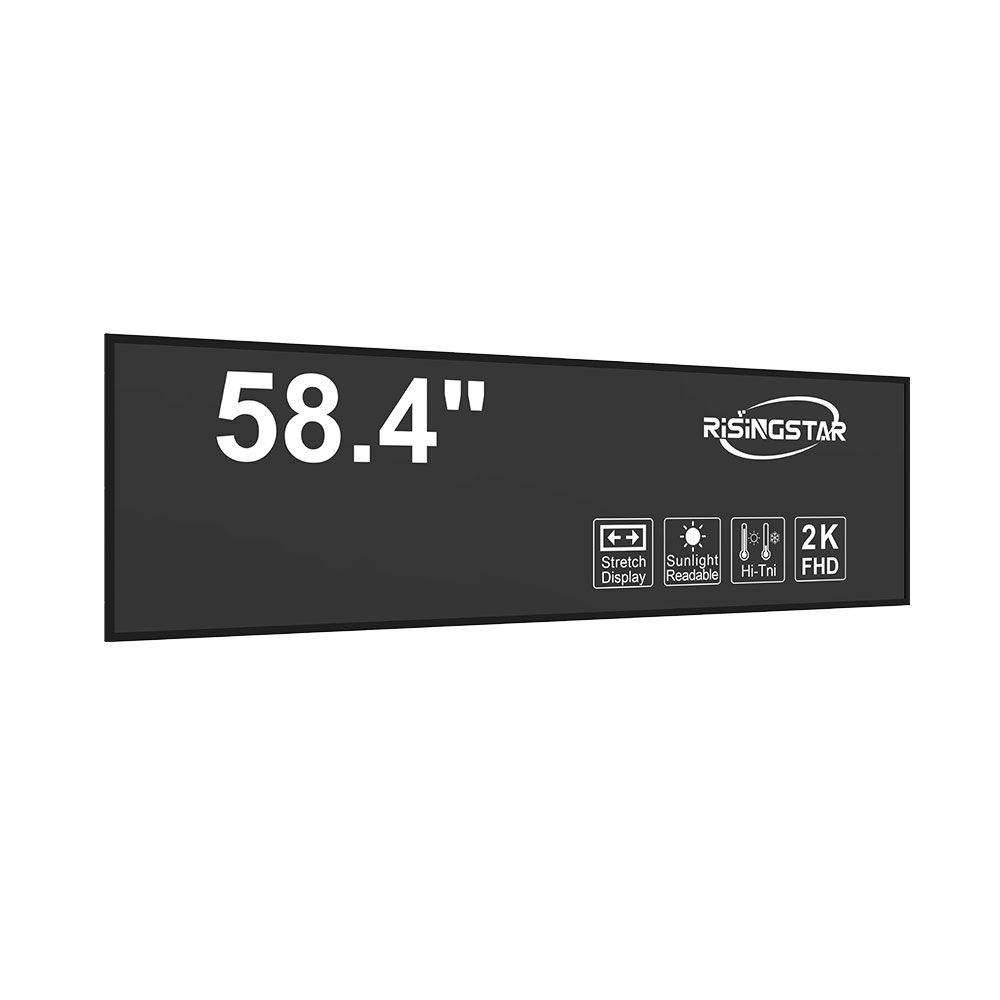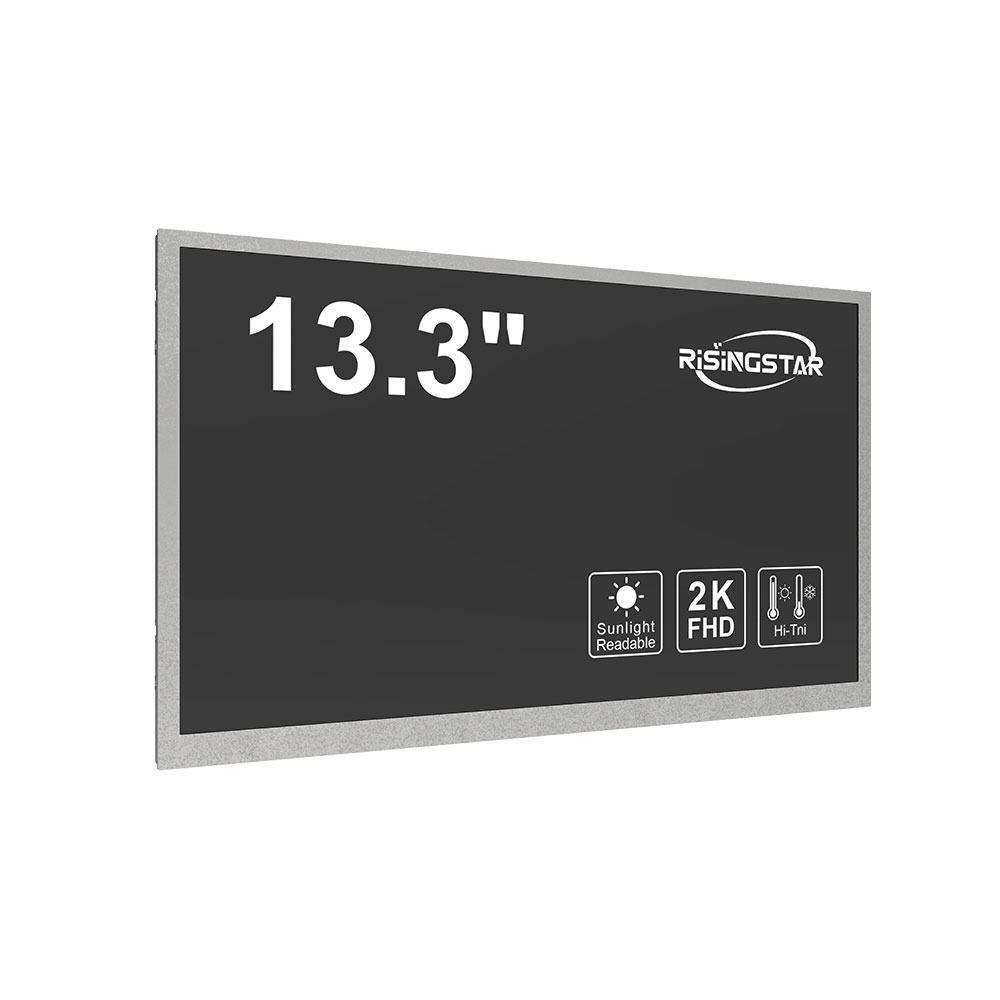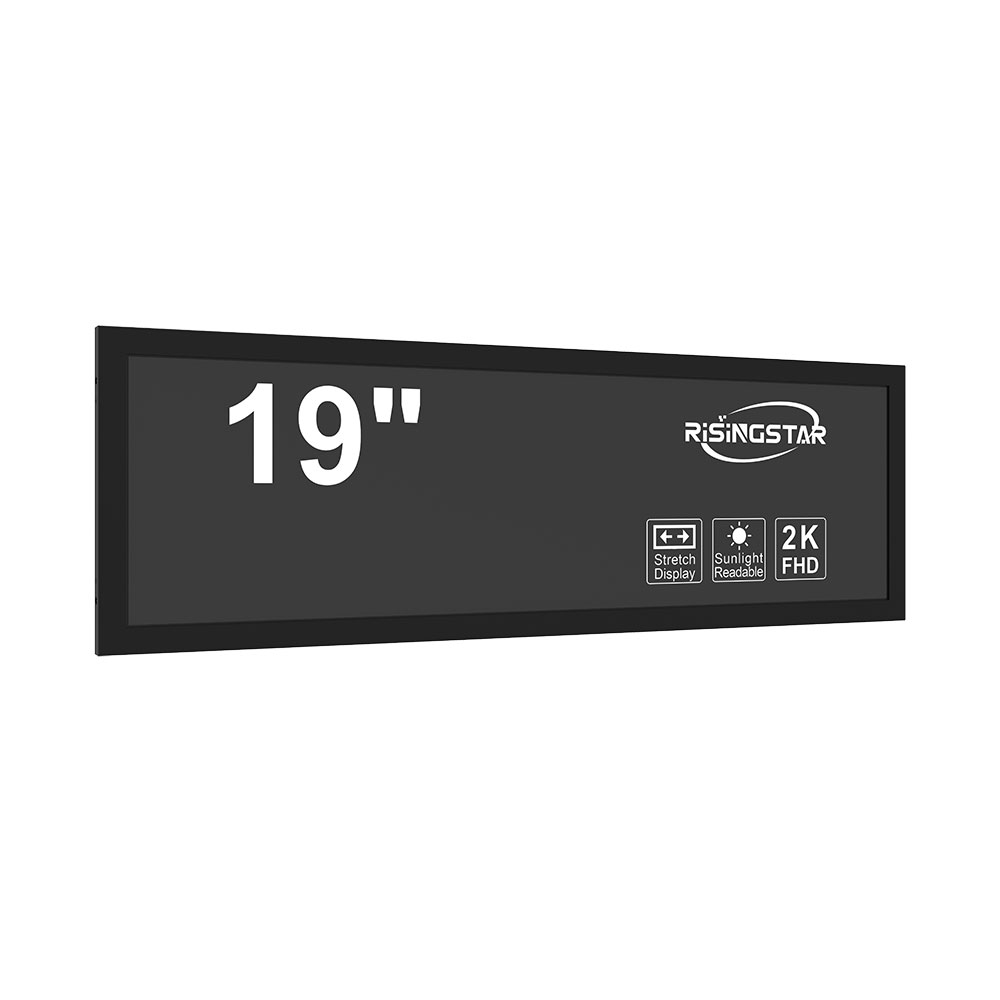W ostatnich latach technologia zewnętrznych ekranów LED szybko ewoluowała, stając się kamieniem węgielnym nowoczesnej infrastruktury miejskiej. Od cyfrowych billboardów na Times Square po dynamiczne tablice informacyjne na stacjach metra w Tokio, ekrany te nie są już tylko narzędziami reklamowymi-służą jako niezbędne platformy komunikacyjne dla bezpieczeństwa publicznego, rozpowszechniania danych w czasie rzeczywistym i integracji inteligentnego miasta. W miarę jak miasta stają się gęstsze i bardziej połączone cyfrowo, wzrosło zapotrzebowanie na solidne, energooszczędne i odporne na warunki atmosferyczne wyświetlacze zewnętrzne, co czyni tę dziedzinę jedną z najbardziej krytycznych zarówno w inżynierii, jak i urbanistyce.
Podstawą każdego udanego zewnętrznego wyświetlacza LED jest jego odporność na środowisko. Zgodnie z normą IEC 60068-2 Międzynarodowej Komisji Elektrotechnicznej (IEC), wyświetlacze zewnętrzne muszą wytrzymać ekstremalne zakresy temperatur-od-30 ° C do + 60 ° C-i działać niezawodnie w warunkach wilgotności do 95% bez kondensacji. Producenci stosują teraz IP65 lub wyższy stopień ochrony przed wnikaniem, aby zapewnić odporność na kurz i wodę, podczas gdy aluminiowe obudowy odlewów ciśnieniowych zapewniają integralność konstrukcyjną przed obciążeniami wiatru przekraczającymi 120 km/h. Na przykład ekrany zewnętrzne wdrożone w Burj Khalifa w Dubaju wykorzystują zaawansowane systemy zarządzania temperaturą z radiatorami i aktywną kontrolą przepływu powietrza, aby zapobiec przegrzaniu w warunkach pustynnych-rozwiązanie zatwierdzone przez IEEE Transactions on Components, Packaging and Manufacturing Technology (2022).
Jasność jest kolejnym krytycznym czynnikiem. Ekrany zewnętrzne zwykle wymagają minimalnej luminancji 5000 nitów, znacznie przekraczając wewnętrzne wyświetlacze przy 200-500 nitów. Diody LED o wysokiej jasności, szczególnie te wykorzystujące pionowe lasery emitujące powierzchnię wnęki RGB (VCSEL), umożliwiły jaśniejsze i bardziej jednolite oświetlenie nawet w bezpośrednim świetle słonecznym. W studium przypadku przeprowadzonym przez LG Display i Seoul Metropolitan Government w 2023 r. 10-metrowy ekran LED zainstalowany w Gangnam osiągnął jasność 7500 nitów i utrzymał dokładność kolorów w granicach ΔE< 2, zapewniając czytelność w godzinach szczytu. Ten poziom wydajności jest niezbędny w zastosowaniach, takich jak alerty o ruchu drogowym, powiadomienia alarmowe i transmisje sportowe na żywo w miejscach na świeżym powietrzu, takich jak stadiony.
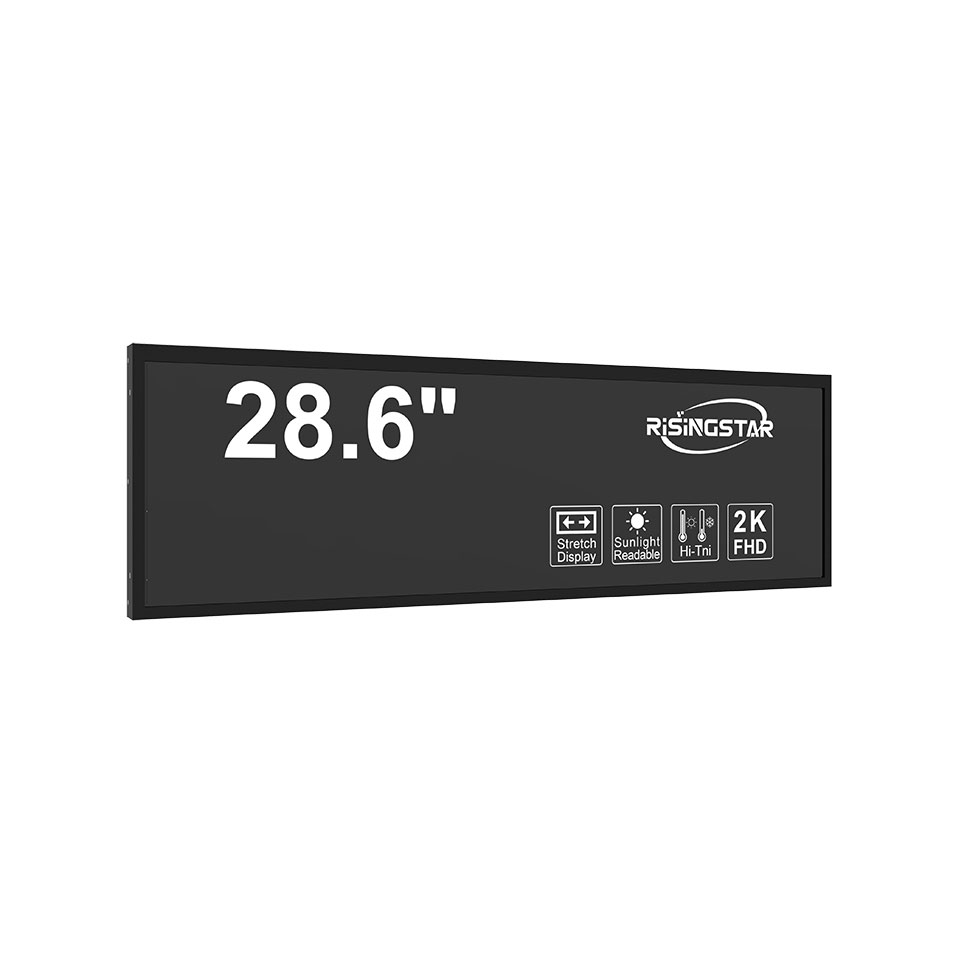
Efektywność energetyczna jest również głównym obszarem zainteresowania. Tradycyjne wyświetlacze LCD z podświetleniem fluorescencyjnym używane w kioskach zewnętrznych zużywały ponad 500 watów na metr kwadratowy, ale nowoczesne wyświetlacze LED zmniejszają zużycie energii nawet o 40% dzięki adaptacyjnym algorytmom kontroli jasności i technologii microLED. Centrum Badań Oświetleniowych Departamentu Energii Stanów Zjednoczonych (LRC) informuje, że wysokowydajne moduły LED mogą dostarczać 120 lumenów na wat, znacznie obniżając koszty operacyjne i emisję dwutlenku węgla. Na przykład miasto Los Angeles zastąpiło 3000 starych cyfrowych oznakowań wyświetlaczami LED o niskiej mocy, oszczędzając około 1,2 miliona dolarów rocznie na kosztach energii elektrycznej-projekt uznany przez Smart Cities Council w 2023 roku.
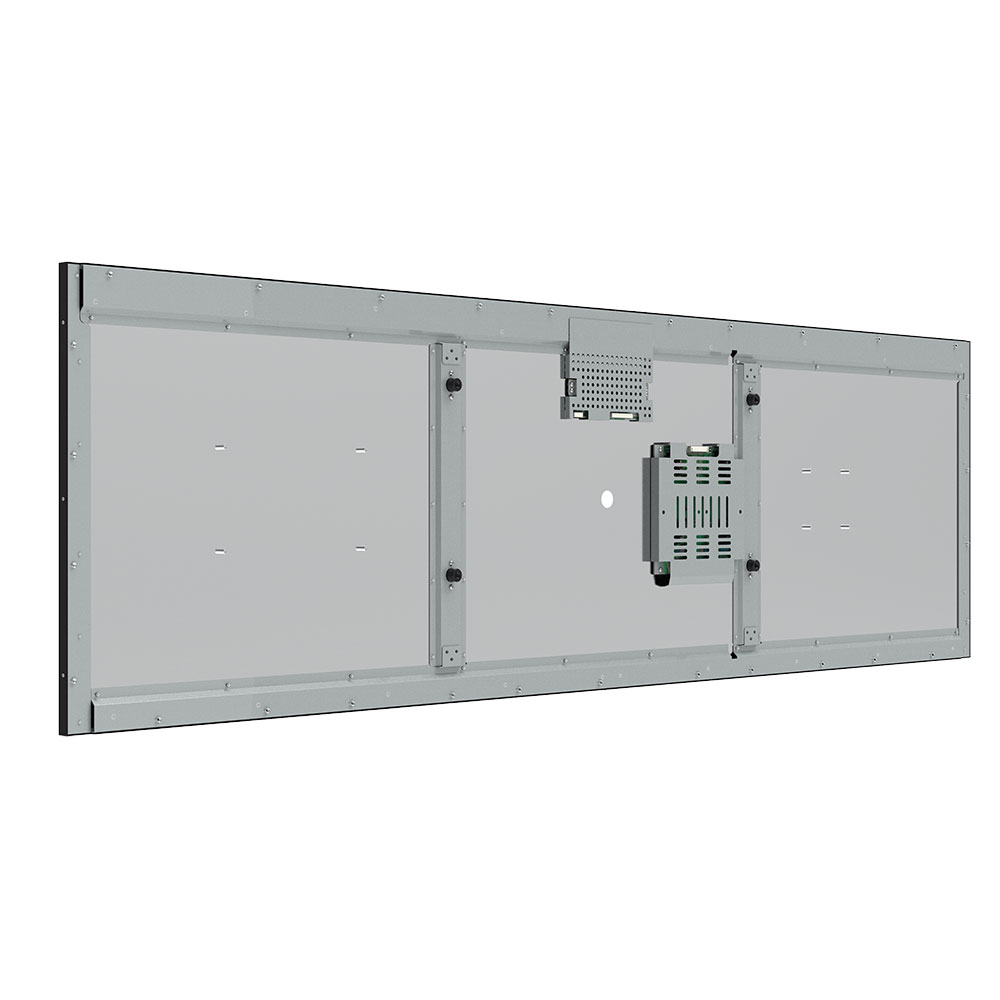
Poza specyfikacjami technicznymi, wdrożenie zewnętrznych ekranów LED obejmuje złożoną integrację z inteligentnymi ekosystemami miejskimi. Wyświetlacze te często łączą się za pośrednictwem sieci 5G lub światłowodowych ze scentralizowanymi platformami oprogramowania sterującego, umożliwiając aktualizacje treści w czasie rzeczywistym, zdalną diagnostykę i konserwację predykcyjną. W Singapurze Land Transport Authority (LTA) wykorzystuje oparty na chmurze system o nazwie „ SmartSignage ”do zarządzania ponad 2000 ekranów zewnętrznych w autobusach, stacjach MRT i strefach dla pieszych. System wykorzystuje obliczenia brzegowe, aby zmniejszyć opóźnienia i poprawić szybkość reakcji-krytyczne przy dostarczaniu aktualizacji tranzytu w czasie rzeczywistym lub ostrzeżeń o powodzi.
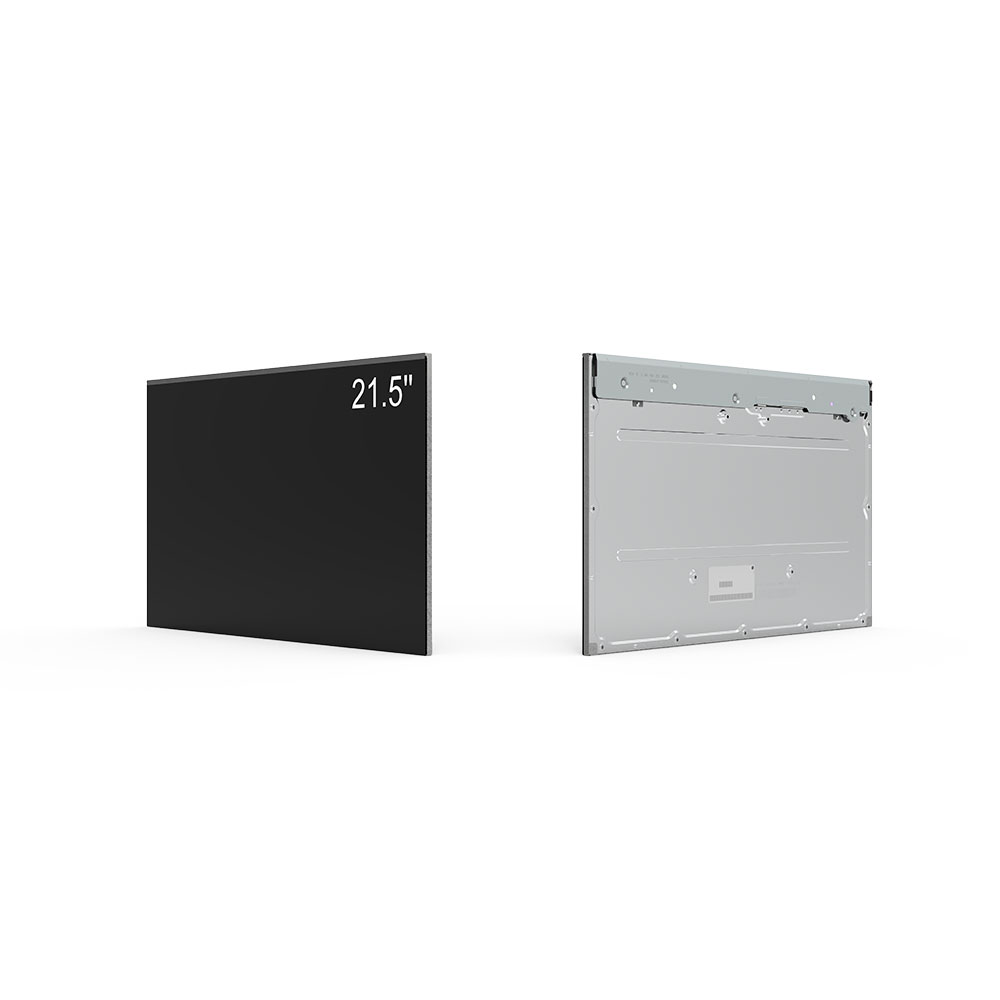
Strategia treści jest równie ważna. Źle zaprojektowane wizualizacje mogą prowadzić do zmęczenia wzrokowego lub błędnej interpretacji, szczególnie w środowiskach o dużym natężeniu ruchu. Najlepsze praktyki branżowe zalecają stosowanie współczynników kontrastu co najmniej 1000:1, częstotliwości odświeżania powyżej 60Hz i rozmiarów czcionek zoptymalizowanych do oglądania odległości od 5 do 30 metrów. Wytyczne Europejskiej Unii Nadawców (EBU) kładą nacisk na unikanie nadmiernych efektów ruchu i ograniczenie czasu trwania animacji do poniżej 5 sekund na klatkę w celu lepszego przetwarzania poznawczego przez widzów. W praktyce miasta takie jak Barcelona i Kopenhaga przyjęły narzędzia do planowania treści oparte na sztucznej inteligencji, które dostosowują komunikaty w oparciu o porę dnia, pogodę i wzorce ruchu pieszego-zwiększając zaangażowanie bez przytłaczania użytkowników.
Bezpieczeństwo pozostaje głównym problemem. Wraz ze zwiększoną łącznością pojawia się podatność na cyberataki. Raport firmy Kaspersky Lab z 2022 roku ujawnił, że ponad 30% zewnętrznych systemów wyświetlania na całym świecie doświadczyło nieautoryzowanych prób dostępu z powodu słabych protokołów uwierzytelniania. Wiodący producenci integrują teraz szyfrowanie sprzętowe (np. Chipy TPM), kontrolę dostępu opartą na rolach i regularne aktualizacje oprogramowania układowego w celu ograniczenia ryzyka. Ponadto zgodność z RODO i normami ISO/IEC 27001 zapewnia, że dane osobowe gromadzone za pomocą wyświetlaczy z obsługą kamery (takich jak rozpoznawanie twarzy w celu analizy tłumu) są obsługiwane w sposób odpowiedzialny-jest to konieczność zaufania publicznego do inicjatyw inteligentnych miast.
Patrząc w przyszłość, pojawiające się trendy obejmują elastyczne i przezroczyste panele OLED do integracji architektonicznej, dynamiczną optymalizację treści zasilaną sztuczną inteligencją oraz zewnętrzne wyświetlacze zasilane energią słoneczną do zastosowań poza siecią. Firmy takie jak Samsung i BOE są pionierami w rolowaniu wyświetlaczy zewnętrznych, które są zgodne z zakrzywionymi fasadami budynków, podczas gdy startupy takie jak SolarEdge testują ekrany zintegrowane z energią słoneczną, które zmniejszają zależność od energii sieciowej. Te innowacje obiecują nie tylko elastyczność estetyczną, ale także korzyści w zakresie zrównoważonego rozwoju zgodne z globalnymi celami klimatycznymi.
Podsumowując, technologia zewnętrznych ekranów LED to znacznie więcej niż ulepszenie wizualne-stanowi strategiczny atut dla rozwoju miast. Łącząc rygorystyczne standardy inżynieryjne, inteligentny projekt i odpowiedzialne zarządzanie, miasta mogą wykorzystać tę technologię do budowania bezpieczniejszych, inteligentniejszych i bardziej integracyjnych przestrzeni publicznych. W miarę jak zagłębiamy się w erę miejskiej cyfryzacji, ewolucja wyświetlaczy zewnętrznych będzie nadal kształtować sposób, w jaki ludzie wchodzą w interakcje ze swoim środowiskiem-i jak miasta komunikują się ze swoimi obywatelami.





